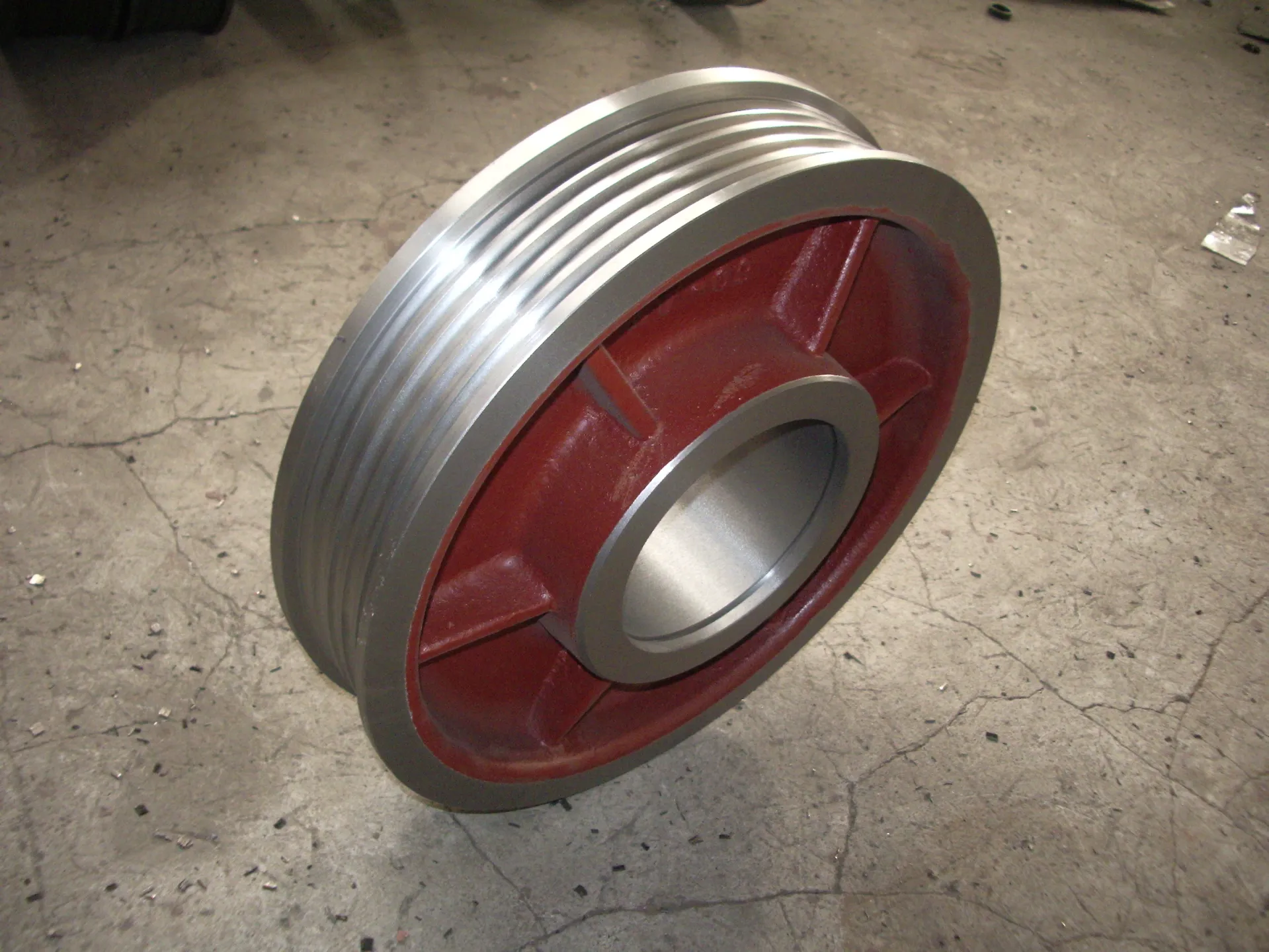Mobile:+86-311-808-126-83
Email:info@ydcastings.com
Understanding the Properties and Applications of Austenitic Stainless Steel Castings
Austenitic Stainless Steel Castings Properties, Applications, and Advantages
Austenitic stainless steel castings are an essential component in various industrial applications, known for their excellent corrosion resistance, ductility, and strength. This unique alloy, primarily composed of chromium and nickel, forms a face-centered cubic crystal structure that significantly enhances its overall performance, making it a preferred choice in many sectors, including aerospace, automotive, and chemical processing.
Composition and Properties
Austenitic stainless steel typically contains a minimum of 16% chromium and 6% nickel. The addition of these elements, along with others such as molybdenum and manganese, plays a crucial role in defining the material's properties. The high chromium content provides excellent corrosion resistance, while nickel contributes to improved toughness and widely helps maintain stability in various environments, including cryogenic conditions.
One of the standout features of austenitic stainless steel is its exceptional mechanical properties. It exhibits great weldability, allowing it to maintain its integrity under welding conditions without significant deterioration in mechanical performance. Additionally, the material demonstrates good workability, enabling manufacturers to produce complex shapes and sizes through casting processes, which is particularly valuable in creating intricate components.
Casting Process
The casting of austenitic stainless steel involves several methods, with investment casting and sand casting being the most prevalent. Investment casting, also known as precision casting, allows for high accuracy and the production of complex geometries. This method uses a wax pattern that is coated with a ceramic shell. Once the shell is hardened, the wax is melted away, and molten metal is poured into the mold. This ensures a high level of detail and reduces the need for extensive machining.
Sand casting, on the other hand, is a more traditional method that employs sand molds. While it may not achieve the same level of precision as investment casting, it is cost-effective for larger components and is suitable for high-volume production processes.
Applications
austenitic stainless steel castings

The unique properties of austenitic stainless steel castings make them ideal for a range of applications across different industries. In the aerospace industry, components such as brackets, housings, and various fittings benefit from the alloy’s superior strength-to-weight ratio and resistance to corrosion, which is crucial at high altitudes and in harsh environmental conditions.
In the automotive sector, austenitic stainless steel is utilized for exhaust systems, engine components, and structural parts
. Its ability to withstand high temperatures and aggressive corrosive environments—like those found in automotive applications—ensures durability and longevity.Furthermore, in the chemical processing and food industries, where contamination is a critical concern, austenitic stainless steel castings provide a hygienic solution. They are widely used in manufacturing tanks, valves, and piping systems that require excellent resistance to chemical exposure and the ability to maintain high sanitary standards.
Advantages
The advantages of using austenitic stainless steel castings cannot be overstated. Firstly, their outstanding corrosion resistance helps extend the lifespan of components, reducing maintenance costs and downtimes associated with part replacements. Secondly, the versatility in processing methods allows manufacturers to tailor the casting methods to specific needs, optimizing the design for performance and cost efficiency.
Additionally, austenitic stainless steel castings possess an impressive range of mechanical properties, allowing them to perform well in both high-temperature and low-temperature environments. This adaptability enables their use in various climatic conditions and operating scenarios, making them a reliable choice across industries.
Conclusion
In conclusion, austenitic stainless steel castings offer a combination of desirable properties that make them indispensable in many modern applications. Their strength, corrosion resistance, and versatility in manufacturing ensure that they play a vital role in enhancing the performance and safety of critical components in various industries. As technology continues to evolve and industries demand more efficient materials, the importance of austenitic stainless steel castings will undoubtedly grow, solidifying their status as a cornerstone of advanced manufacturing solutions.
-
Understanding Metal Casting TechniquesNewsApr.02,2025
-
Understanding Exhaust Manifolds for Enhanced Engine PerformanceNewsApr.02,2025
-
The World of Metal FabricationNewsApr.02,2025
-
Key Components for Pump and Turbo EfficiencyNewsApr.02,2025
-
Essential Tools for Automotive Maintenance and RepairNewsApr.02,2025
-
Durable Valve Components for Effective Water ManagementNewsApr.02,2025











